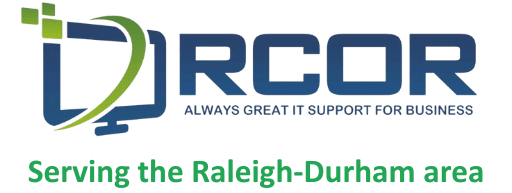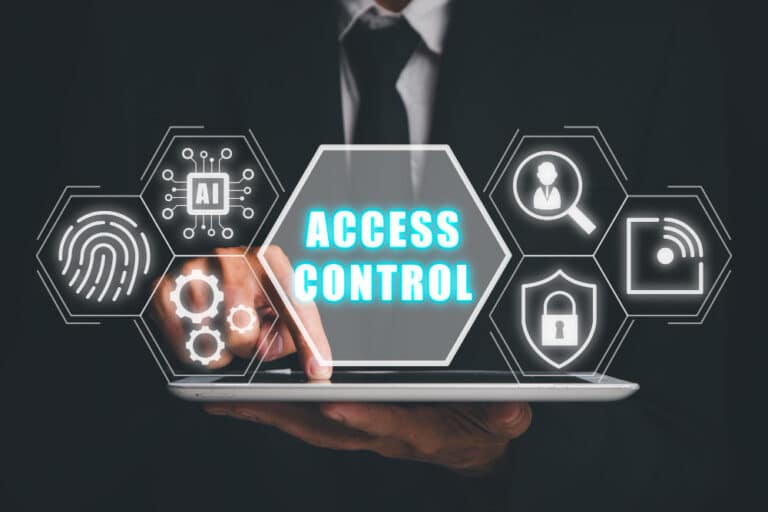Nowadays, even your washing machine has different types o remote access. This is no longer an option, or perhaps it is for the home, but at the company level, almost everything can be controlled remotely.
Organizations of all sizes leverage different kinds of remote access to support their distributed teams, increase productivity, and ensure business continuity. However, with that flexibility comes the responsibility of security.
In this guide, we will define the main types of remote access, the benefits to an organization, common uses, and security tips for keeping your data secure.
What is Remote Access?
Remote access allows users to connect to a network, computer, or application from a location outside of an organization’s physical space. This is a fundamental tenet of remote work and allows employees to access files, applications, and resources from anywhere.
Why Remote Access is Important
By leveraging different types of remote access, businesses empower employees to securely connect to company resources from virtually anywhere. Here’s why understanding and implementing the right types matters for organizations of all sizes:
Productivity: Employees can work from home, a car, or another country.
Cost Savings: Reduces the need for large offices and on-site technology infrastructure.
Business Continuity: Business processes continue during a disaster.
Types of Remote Access
There are a variety of ways to use remote access, each with different features and security considerations. Let’s explore 5 of the most common ones:
1. Virtual Private Networks VPNs)
VPNs provide a secure, encrypted tunnel between a remote device and the corporate network. This is one of the most popular types of secure remote access.
Benefits:
- Protects data in transit
- Provides access to your internal resources
- Supports remote and hybrid work environments
Security Tip: Use strong, unique passwords for VPN access, and enable multi-factor authentication (MFA).
2. Cloud-Based Remote Access Software
Cloud-based solutions like TeamViewer, AnyDesk, and Chrome Remote Desktop, allow you to access and control your office computer from anywhere in the world.
Cloud-based remote access solutions are ideal for IT assistance & remote troubleshooting, or for using software that can only run on specific devices.
Benefits:
- Fast deployment and easy to use
- No tricky network deployment required!
Security Tip: Choose security-savvy providers, and enable MFA (Multi-Factor-Authentication) whenever possible
3. Direct Remote Access Protocols
RDP (Remote Desktop Protocol), SSH (Secure Shell), and VNC (Virtual Network Computing) are all direct access methods to access remote computers.
Benefits:
- Real-time access, control, and assist
- Essential for IT planning and remote access
Security Tip: Never expose security protocols directly to the public internet. Use a VPN or Zero Trust Network Access (ZTNA) as your security pathway to the remote protocols.
4. VDI (Virtual Desktop Infrastructure) & DaaS (Desktop as a Service)
VDI and DaaS represent centralized access to your desktop located in a secure data center or cloud via a remote connection from your device.
Benefits:
- Centralized management & upgrades
- Enhanced data security and compliance
Security Tip: Always keep all Virtual Machines (VM) patched and updated and have access controls in place.
5. Zero Trust Network Access (ZTNA)
ZTNA is a new approach to remote access that establishes no trust for any user or device by default. Trust is granted based on identity, device health, and context.
Benefits:
- Granularity of access (based on role)
- Reduced attack surface
Security Tip: Use continuous monitoring and apply least privilege.
Security Best Practices for Remote Access
Strong Authentication
Use MFA (Multi-Factor-Authentication) for all remote access solutions. MFA provides an additional layer of security beyond passwords.
Updates and Patching
Utilize timely updates and patching for all software, operating systems, and firmware. Attackers utilize unpatched vulnerabilities.
Role Based Access Control (RBAC)
Limit users to only the access that applies to their role, and regularly review and update access.
Secure Device Management
Implement BYOD (Bring Your Own Device) policies and secure personal devices utilizing mobile device management (MDM) tools.
Training for Employees
Employ training programs for employees that educate them about phishing, password diligence and unsecured Wi-Fi, as humans are often the weakest link.
Common Use Cases for Remote Access
- Remote work or telecommuting.
- IT support and troubleshooting.
- Access to specialized software and/or data.
- Access for 3rd party vendor.
- Disaster recovery & business continuity.
Expert Support from RCOR
Remote access has never been more important for today’s workforce, but it must always be done securely. By understanding the various types of remote access solutions and capabilities, and implementing best practices, organizations can empower their teams while securing their data remotely.
The focus to remember is that there is no magic bullet to secure remote access. A combined methodology of technology, policy, and continuous education and awareness is vital! If you want to ensure your business is protected and your remote access is secure, contact RCOR today to learn how our experts can help safeguard your organization.

